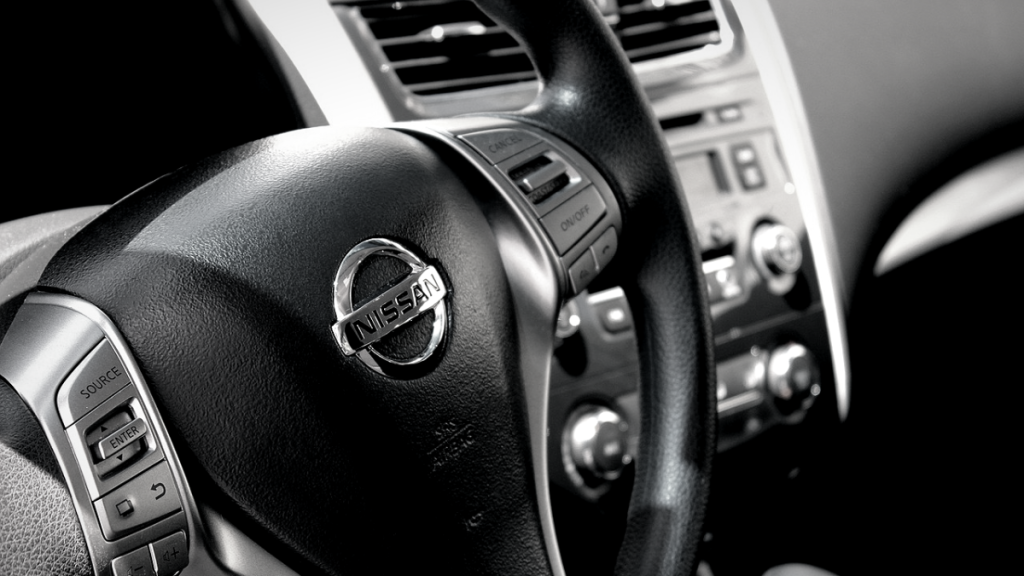Uber recently unveiled a pilot program in Pittsburgh to experiment with picking up riders in autonomous, self-driving cars. This is a big step for the burgeoning technology, and it’s sure to catch the attention of regulators.
The autonomous cars will still have an operator in the car in case of emergencies, and there will be an observer in the passenger seat taking notes.
Pennsylvania law prohibits televisions or similar devices to be in the view of the driver, even when they aren’t the ones driving the vehicle. In an autonomous vehicle an observer could theoretically observe the ride and take notes from a remote location utilizing a video feed, eliminating the need to be in the car during the ride.
As Marc Scribner at the Competitive Enterprise Institute notes, current laws will make it difficult for Uber to expand this pilot program without reforming current regulations:
A tweak to the rules could allow a single-person engineer crew to theoretically handle all of the real-time tasks: ready to take the wheel and brake in an emergency, while also monitoring the software in real time. Pennsylvania and other states should consider such an amendment to their driver display rules.”]
This is just one example (of, literally, millions) of regulations that new industries must overcome to have a chance at becoming successful.
Read about this example and countless others at the CEI blog.


